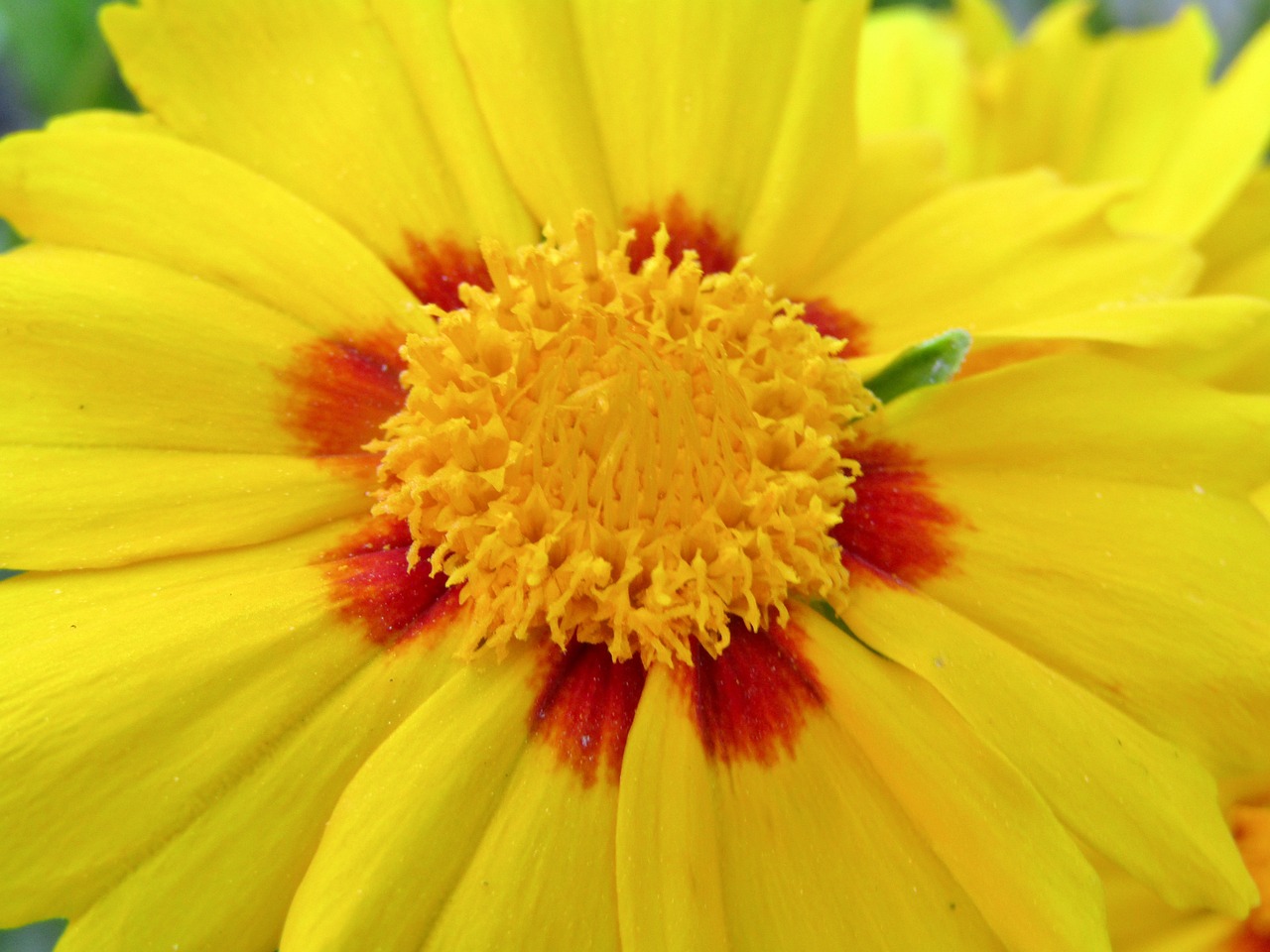Coreopsis, commonly known as “Tickseed,” is a diverse and vibrant group of flowering plants that belong to the Asteraceae family. These charming and colorful daisy-like flowers are native to North and South America. Growing Coreopsis adds a burst of color to gardens and landscapes. Depending on the species, Coreopsis can be either annual or perennial.
Annual Coreopsis
The annual Coreopsis varieties are short-lived plants that complete their life cycle in a single growing season.
Annual Coreopsis Species
- Coreopsis tinctoria (Plains Coreopsis or Golden Tickseed)
- Coreopsis basalis (Goldenmane Tickseed or Sand Coreopsis)
- Coreopsis calliopses (Calliopsis or Calliopsis Tinctoria)
- Coreopsis lanceolata (Lanceleaf Coreopsis)
- Coreopsis drummondii (Drummond’s Tickseed)
- Coreopsis cardaminifolia (Tall Tickseed)
- Coreopsis leavenworthii (Leavenworth’s Tickseed)
Perennial Coreopsis
Perennial Coreopsis, on the other hand, are long-lived plants that return year after year. They are known for their endurance, and their abundant blossoms make them valuable additions to perennial borders, naturalized areas, and wildflower gardens.
Perennial Coreopsis Species
- Coreopsis lanceolata (Lanceleaf Coreopsis)
- Coreopsis grandiflora (Large-Flowered Coreopsis)
- Coreopsis verticillata (Threadleaf Coreopsis)
- Coreopsis tripteris (Tall Coreopsis)
- Coreopsis major (Greater Coreopsis)
- Coreopsis pubescens (Star Tickseed)
- Coreopsis palmata (Stiff Tickseed)
- Coreopsis rosea (Pink Coreopsis)
- Coreopsis gladiata (Coastalplain Tickseed)
- Coreopsis basalis (Goldenmane Tickseed)
- Coreopsis tinctoria (Plains Coreopsis)
- Coreopsis pubescens (Star Tickseed)
Understanding the difference between annual and perennial Coreopsis varieties allows gardeners to select the best type for their specific gardening needs and preferences.
When to Start Coreopsis Seeds
The timing for starting Coreopsis seeds varies depending on your climate zone. Here’s when to start growing Coreopsis seeds indoors and when to sow them directly outdoors in different climate zones:

In Zones 3-5
Begin sowing Coreopsis seeds indoors approximately 8 to 10 weeks before the last expected spring frost date.
Your season may be too short to wait until warm temperatures to direct sow the seeds.
In Zones 6-8
You can start sowing Coreopsis seeds indoors around 6 to 8 weeks before the last expected spring frost date, which usually falls in March or early April.
In these zones, you can also directly sow Coreopsis seeds outdoors after the last frost date.
In Zones 9-12
To get a head start on growing coreopsis, begin sowing seeds around 6 to 8 weeks before planting out. You may want to start them in winter to plant out in spring, or start them undercover in summer to avoid excessive heat and rain before the seedlings are developed.
In zones 9-12, where frost is less of a concern, you can also directly sow Coreopsis seeds outdoors in early spring and early fall.
How to Start Coreopsis Seeds Indoors
Starting Coreopsis seeds indoors allows for greater control over the growing conditions. Here’s a step-by-step guide for starting Coreopsis seeds indoors:
Seed Starting Mix
Select or create a well-draining seed starting mix. A suitable mix includes a combination of coconut coir and perlite or vermiculite. This provides the ideal growing medium for growing Coreopsis.
Containers
Choose seed trays, cell packs, or small pots for starting Coreopsis seeds. Ensure these containers have drainage holes to prevent waterlogging. The size of containers should typically be 2-3 inches in diameter.
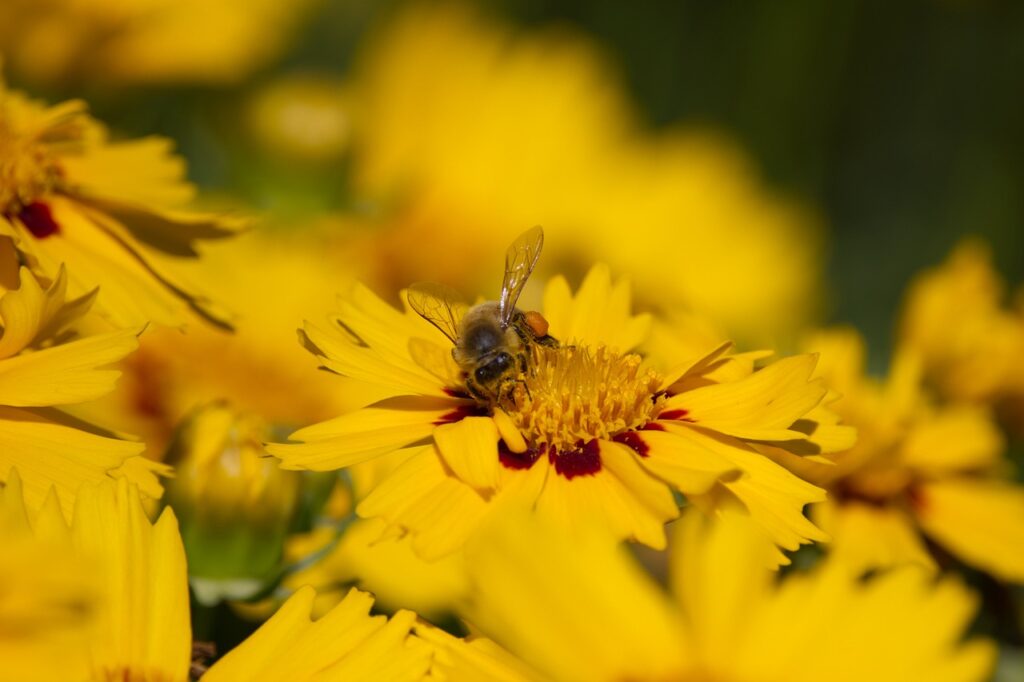
Planting Depth
Coreopsis seeds are small and should be sown just below the soil’s surface. Gently press the seeds into the mix, avoiding burying them too deep.
Moisture Requirements
Keep the seed starting mix consistently moist but not waterlogged. Use a fine mist spray bottle to moisten the mix or a gentle watering method to prevent displacing the seeds.
Optimal Temperature for Germination
Maintain a temperature of approximately 70-75°F (21-24°C) for successful Coreopsis seed germination. A heating mat can help regulate temperature and promote germination.
Light Requirements for Germination
Coreopsis seeds do not require light for germination. Keep the containers in a location with indirect light or place them near a sunny window. Avoid direct sunlight to prevent overheating.
Time to Germination
Coreopsis seeds typically germinate within 10-21 days after sowing, although exact timing may vary depending on the specific species and environmental conditions.
How to Know When Your Coreopsis Plants Are Ready for Planting
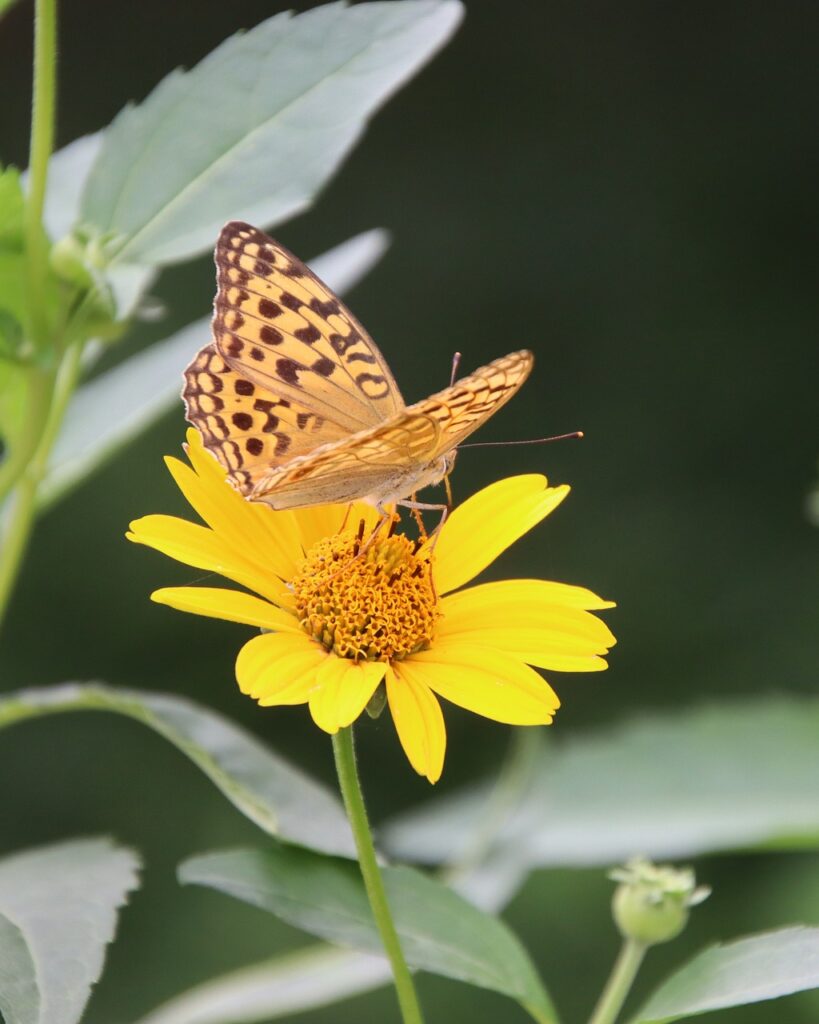
Before you transplant your Coreopsis seedlings into the garden, it’s essential to ensure they are ready for outdoor conditions. Here’s how to know when your growing Coreopsis plants are ready for planting:
Your Coreopsis seedlings should have developed at least two to three sets of true leaves. They should be sturdy and around 2-3 inches in height. This indicates they are strong enough to withstand outdoor conditions.
Wait until the risk of frost has passed in your area. Coreopsis is sensitive to cold, so planting after the last expected frost date in your region is crucial. Ensure the nighttime temperatures are consistently above freezing.
Prepare the Garden for Growing Coreopsis
To create an ideal growing environment for Coreopsis in your garden, follow these step-by-step instructions for preparing the garden bed:
Select a sunny location for your Coreopsis bed. Coreopsis thrives in full sun, so choose a spot that receives at least 6-8 hours of direct sunlight daily. Ensure the chosen location is free from significant shading or competition from nearby trees and tall plants.
Coreopsis prefers well-draining soil. While they are drought-tolerant once established, they do best with consistent moisture during their initial growth phase. Avoid areas with poor drainage or standing water.
Coreopsis thrives in soil with a slightly acidic to neutral pH (around 6.0-7.0). Well-draining sandy or loamy soils are excellent choices. Incorporating organic matter, such as compost, into the soil improves fertility and water retention.
Hardening Off Coreopsis Starter Plants
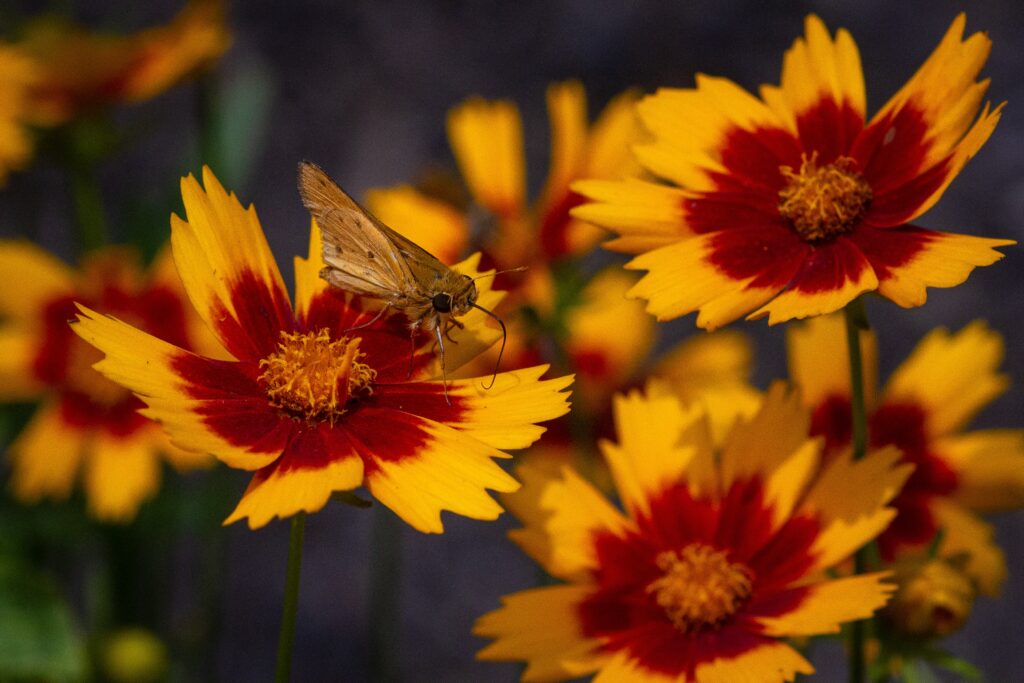
Hardening off is an important process to acclimate your indoor-grown Coreopsis seedlings to outdoor conditions. Here’s how to do it:
- Gradually expose your Coreopsis seedlings to outdoor conditions over the course of one to two weeks before transplanting them into the garden.
- Start by placing them outdoors in a sheltered, shaded location for a few hours each day.
- Gradually increase the time they spend outdoors and expose them to increasing amounts of direct sunlight.
- Pay attention to temperature fluctuations and avoid exposing them to harsh weather conditions.
After the hardening-off period, your Coreopsis seedlings will be ready for planting in the garden.
Plant Your Growing Coreopsis in the Garden
Transplanting your Coreopsis seedlings into the garden is an exciting step. Here’s how to plant them:
- Choose a sunny location with well-draining soil for your Coreopsis plants.
- Dig a hole that is roughly the same depth as the root ball of the seedling.
- Space the plants according to the specific variety’s recommendations, usually around 12-18 inches apart.
- Place the seedling in the hole and backfill with soil, gently firming it around the plant.
- Water the newly planted Coreopsis thoroughly to settle the soil and help with establishment.
- Apply a layer of mulch around the base of the plant to retain moisture and suppress weeds.
- Provide consistent moisture to your Coreopsis until they establish, typically for the first few weeks.
Once established, Coreopsis is relatively drought-tolerant, but regular watering during dry spells is beneficial.
Caring for Growing Coreopsis Plants
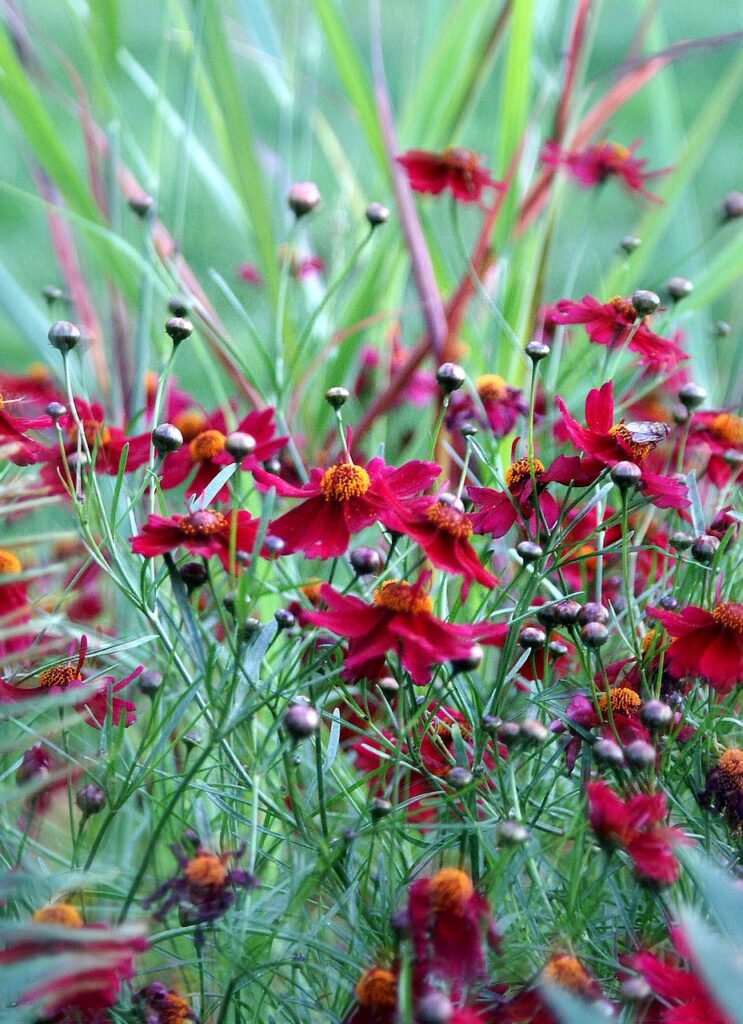
Coreopsis generally prefers slightly dry conditions, so avoid overwatering. Water deeply but infrequently, allowing the soil to dry between waterings. This approach promotes deep root growth.
Coreopsis is not a particularly heavy feeder. An application of a balanced, slow-release fertilizer in spring or a thin layer of fresh compost is usually sufficient. Avoid over-fertilization, which can lead to leggy growth and reduced flowering.
Regular weeding is essential to prevent competition for resources and maintain a tidy appearance. Use mulch to help suppress weeds and conserve moisture.
Tips and Tricks for Growing Coreopsis
Coreopsis benefits from occasional pinching back, especially if it becomes leggy. Pinch the stems just above a set of leaves to encourage bushier growth and more flowers.
Most Coreopsis varieties generally don’t require staking or support. They tend to have sturdy stems. However, if you have exceptionally tall or heavy varieties, staking may be necessary to prevent bending or flopping.
Other Tricks
Deadhead spent blooms regularly to prolong the flowering season. This encourages the plant to produce more flowers.
If your Coreopsis plants become overcrowded over time, consider dividing them every few years in early spring to rejuvenate them and improve their vigor.
What to Expect of Coreopsis After Flowering
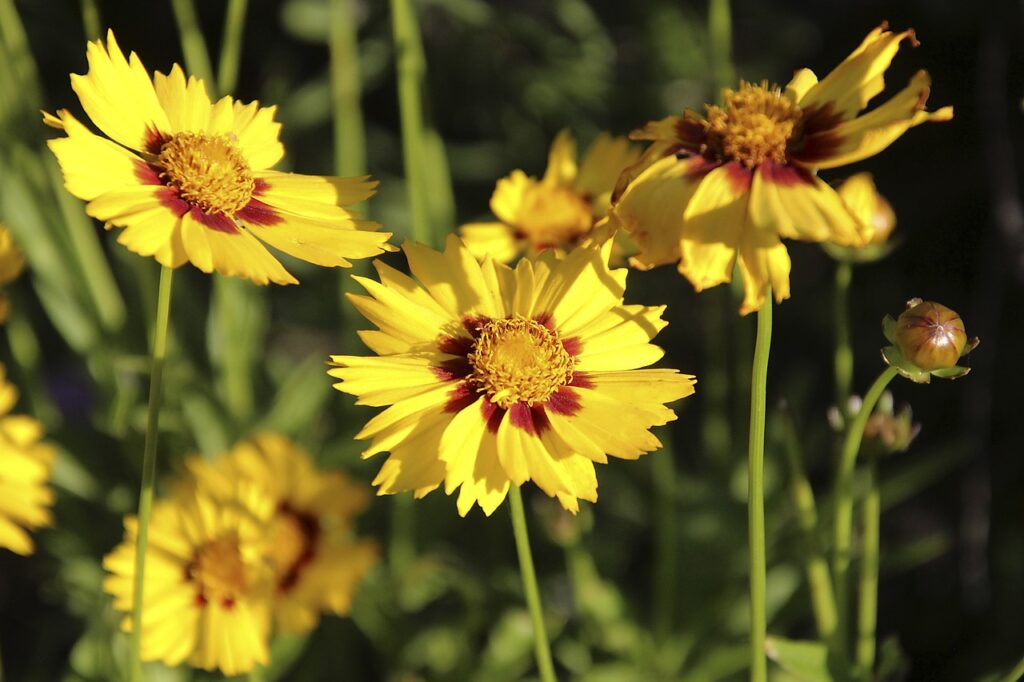
After the vibrant flowering season, you can expect Coreopsis to continue enhancing your garden’s beauty. The flowers may gradually fade, but the plants will remain as attractive green foliage.
Some gardeners choose to deadhead spent blooms to encourage a second flush of flowers.
In winter, Coreopsis typically goes dormant, and its growth slows down. Perennial varieties may die back to the ground in colder regions but often regrow from the roots in the following spring.
Coreopsis is known for its ability to reseed naturally, especially the annual varieties. This means that, under suitable conditions, it may produce new plants from self-sown seeds.
Allow some spent flowers to mature and disperse their seeds if you wish to encourage this self-sowing.
How to Harvest and Collect Coreopsis Seeds
To harvest and collect Coreopsis seeds for replanting, wait until the seed heads have fully matured and dried on the plant. Gently cut the seed heads and place them in a paper bag. Shake the bag to release the seeds. Store the seeds in a cool, dry place until you’re ready to plant them in the next growing season.
Dividing Perennial Coreopsis Plants
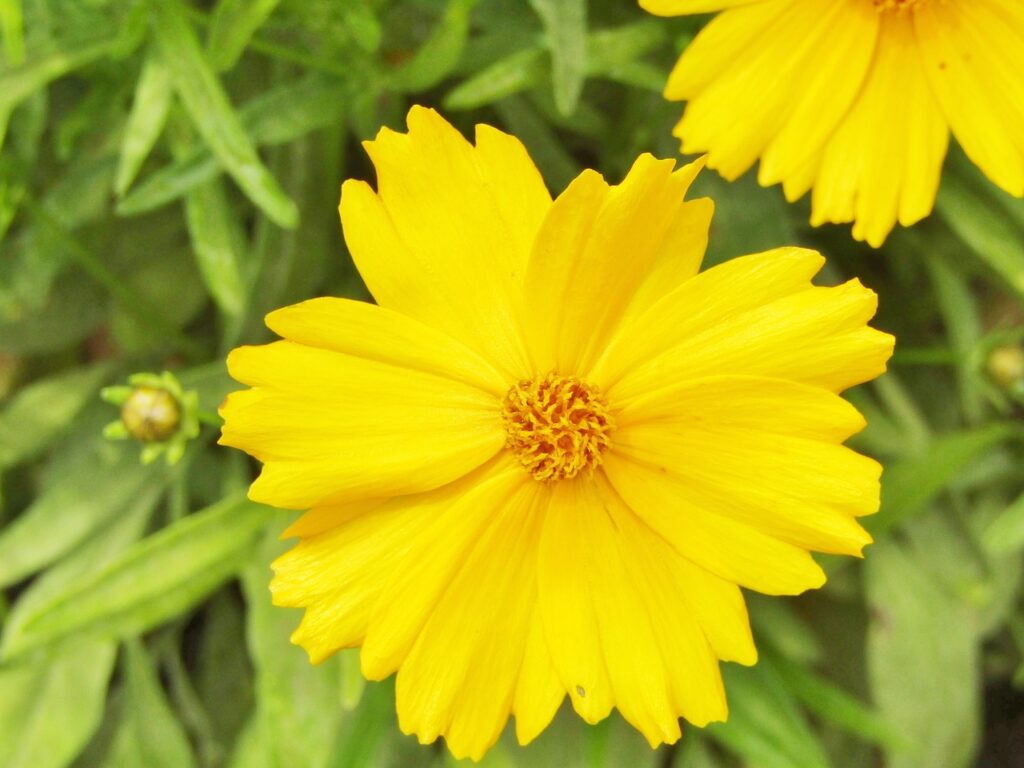
Dividing perennial Coreopsis plants is best done in early spring before new growth begins.
- Dig up the entire plant carefully, preserving its root system.
- Use a sharp knife or spade to separate the root clumps into smaller sections, each containing both roots and shoots.
- Replant these divisions, ensuring they are at the same soil depth as they were before.
- Water them thoroughly to promote establishment.
Coreopsis, with its bright and cheerful blooms, is a valuable addition to any garden. By following the steps outlined in this guide, you can successfully grow and care for both annual and perennial varieties. Whether you choose to plant them from seeds or established seedlings, Coreopsis will reward you with its vibrant colors and low-maintenance nature, making your garden a more colorful and delightful place to be. Enjoy the beauty of Coreopsis year after year as they bring joy to your outdoor space.
